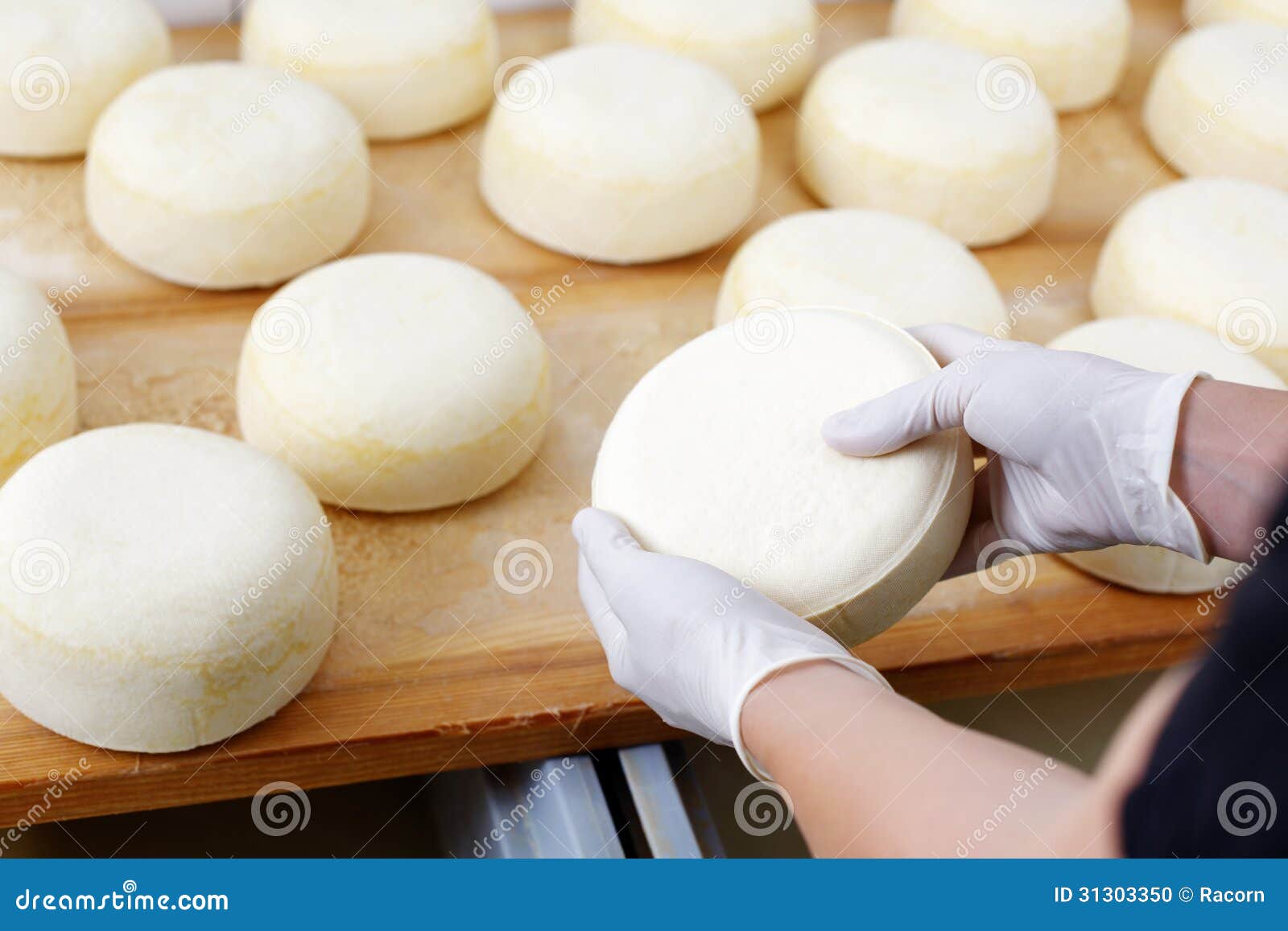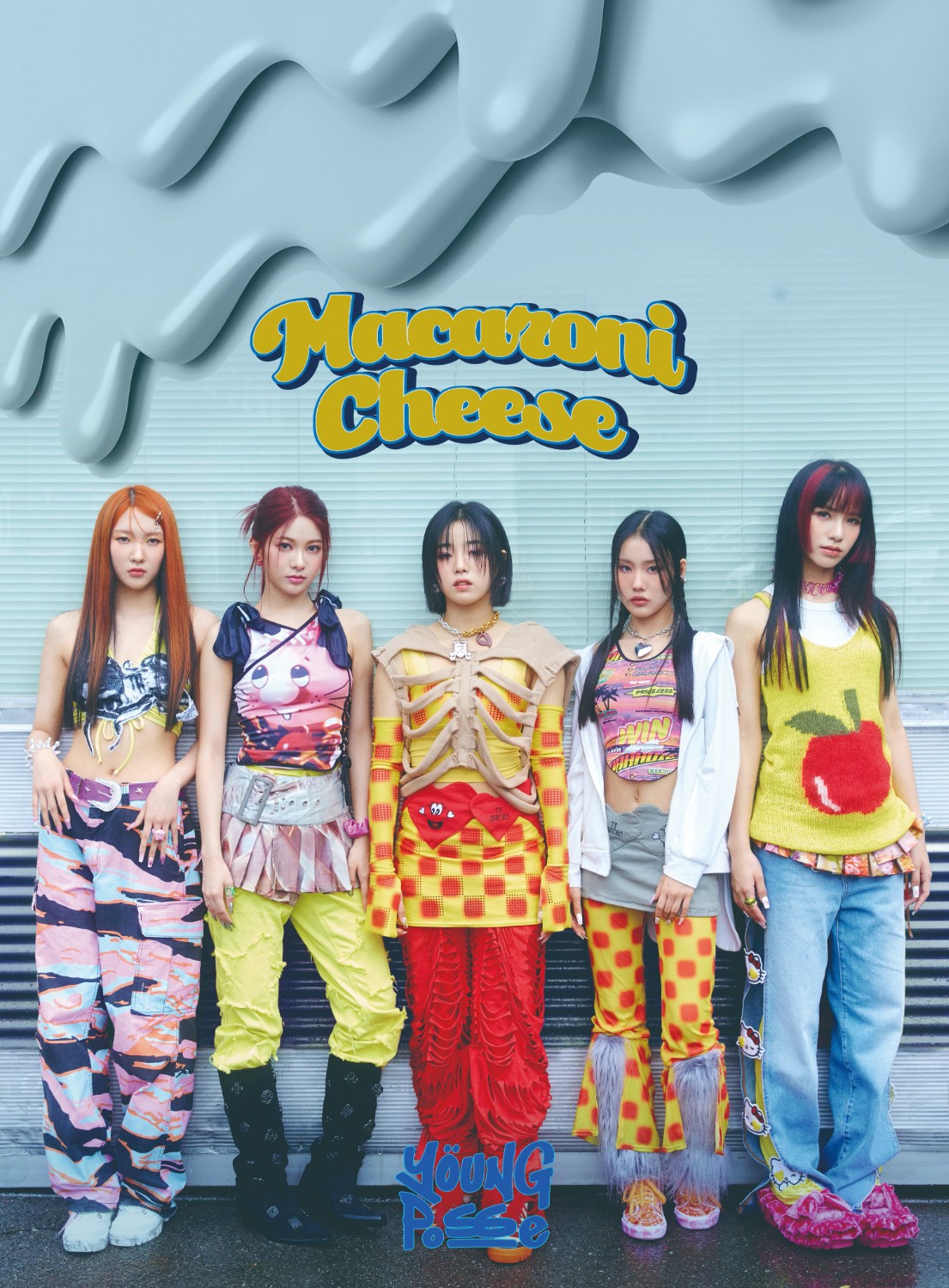Young cheese has been making waves in the culinary world, and it’s not just for the cheese enthusiasts anymore. If you’ve ever walked into a gourmet store or scrolled through food blogs, chances are you’ve come across this trendy dairy product. But what exactly is young cheese, and why is everyone going crazy over it? Let’s dive into the world of young cheese and uncover why it’s the next big thing in the food industry.
Now, before we get all fancy and dive deep into the cheese talk, let’s set the mood. Picture this: you’re at a cozy little bistro, and the waiter serves you a plate of creamy, tangy cheese that practically melts in your mouth. That’s young cheese, folks, and it’s here to revolutionize your taste buds. It’s not your average cheddar or parmesan; it’s fresh, bold, and packed with flavor.
And guess what? Young cheese isn’t just about the taste. It’s also about sustainability, health benefits, and the unique way it’s produced. In a world where people are more conscious about what they eat, young cheese checks all the boxes. So, buckle up, because we’re about to take you on a journey through the land of young cheese, where every bite tells a story.
Read also:Mamelodi Sundowns Thembinkosi Lorch Joins Wydad Athletic Club On Loan
What Exactly is Young Cheese?
Let’s start with the basics. Young cheese, also known as fresh cheese, is cheese that hasn’t been aged. Unlike its older counterparts, young cheese is all about freshness and simplicity. It’s made by curdling milk and separating the curds from the whey, then forming the curds into cheese. No aging process, no complicated techniques—just pure, unadulterated cheese goodness.
Types of Young Cheese
Now, here’s where things get interesting. There are several types of young cheese, each with its own unique flavor and texture. Let’s break it down:
- Ricotta: Creamy, slightly sweet, and perfect for desserts or pasta dishes.
- Feta: Tangy, salty, and a staple in Mediterranean cuisine.
- Mozzarella: Soft, stretchy, and the star of pizza and caprese salads.
- Cottage Cheese: Chunky, mild, and a favorite among health-conscious folks.
- Quark: A lesser-known gem, creamy, and versatile in both sweet and savory dishes.
These are just a few examples, but the world of young cheese is vast and full of surprises. Each type brings something unique to the table, making it a versatile ingredient in any kitchen.
Why is Young Cheese So Popular?
The popularity of young cheese isn’t just a fluke. There are several reasons why it’s become a favorite among foodies and chefs alike. First and foremost, it’s all about the flavor. Young cheese has a fresh, vibrant taste that can’t be matched by aged cheeses. It’s like a burst of dairy goodness in every bite.
Health Benefits of Young Cheese
But flavor isn’t the only thing going for young cheese. It’s also packed with nutrients. Most young cheeses are rich in calcium, protein, and vitamins, making them a healthy addition to any diet. Plus, many varieties are lower in fat and calories compared to aged cheeses, which is a win for those watching their waistlines.
And let’s not forget about the probiotics. Some young cheeses, like yogurt-based varieties, contain live cultures that promote gut health. So, not only are you treating your taste buds, but you’re also doing your body a favor.
Read also:Zuluboy Ties The Knot A Journey Of Love And Celebration
How is Young Cheese Made?
The process of making young cheese is surprisingly simple. It all starts with milk, which is heated and then curdled using an acid or rennet. The curds are then separated from the whey and shaped into cheese. Depending on the type of cheese, the process can vary slightly, but the basic steps remain the same.
The Art of Curdling
Curdling is the magic that turns milk into cheese. It’s a delicate process that requires just the right temperature and acidity. Too much heat or acid, and you end up with a mess. But get it just right, and you have a beautiful batch of young cheese.
And here’s a fun fact: the type of milk used can greatly affect the flavor and texture of the cheese. Goat milk, cow milk, sheep milk—they all bring something different to the table. So, if you’re feeling adventurous, try experimenting with different types of milk to see what works best for you.
Young Cheese in Cuisine
Young cheese isn’t just for snacking. It’s a star ingredient in many cuisines around the world. From Italian pastas to Greek salads, young cheese adds a creamy, tangy kick to any dish. And with its versatility, it’s no wonder chefs are incorporating it into their menus.
Creative Uses of Young Cheese
Here are a few creative ways to use young cheese in your cooking:
- Stuff it into peppers or zucchini for a savory appetizer.
- Blend it into smoothies for a protein-packed breakfast.
- Spread it on toast with fresh herbs and honey for a gourmet snack.
- Use it as a topping for soups or stews for added creaminess.
These are just a few ideas, but the possibilities are endless. So, don’t be afraid to get creative in the kitchen and see where young cheese takes you.
The Sustainability Factor
In a world where sustainability is becoming increasingly important, young cheese shines. Because it doesn’t require aging, it has a smaller carbon footprint compared to aged cheeses. Plus, many young cheeses are made using organic or locally sourced milk, further reducing their environmental impact.
Supporting Local Farmers
By choosing young cheese, you’re not only supporting sustainable practices but also local farmers. Many small-scale dairy farms produce young cheese, and buying from them helps keep their businesses thriving. So, the next time you’re at the farmer’s market, consider picking up some fresh cheese and doing your part for the planet.
The Economics of Young Cheese
Young cheese isn’t just a culinary trend; it’s also an economic powerhouse. With its growing popularity, the demand for young cheese has skyrocketed, leading to increased production and sales. This has created jobs and boosted the economies of many regions where cheese is produced.
Impact on the Dairy Industry
The rise of young cheese has also had a significant impact on the dairy industry. Traditional cheese makers are now incorporating young cheese into their product lines, and new companies are emerging to meet the demand. This has led to innovation and growth in the industry, benefiting both producers and consumers.
Young Cheese Around the World
While young cheese is gaining popularity in the West, it’s been a staple in many cultures for centuries. In Italy, ricotta and mozzarella have been enjoyed for generations. In Greece, feta is a beloved ingredient in salads and pastries. And in the Middle East, labneh is a popular yogurt-based cheese used in everything from dips to sandwiches.
Cultural Significance
Young cheese isn’t just food; it’s a cultural symbol. In many countries, it’s a part of daily life, used in traditional dishes and celebrations. By exploring the world of young cheese, we’re not only expanding our palates but also learning about different cultures and traditions.
Conclusion: Embrace the Young Cheese Revolution
Young cheese is more than just a trend; it’s a movement. With its fresh flavor, health benefits, and sustainability, it’s no wonder it’s taking over the food scene. So, whether you’re a cheese connoisseur or a casual snacker, there’s something for everyone in the world of young cheese.
Now that you know all about young cheese, it’s time to take action. Head to your local grocery store or farmer’s market and pick up some fresh cheese. Try out some new recipes, experiment with different types, and share your discoveries with friends and family. And don’t forget to come back here and tell us about your young cheese adventures in the comments below.
And hey, if you enjoyed this article, why not share it with your foodie friends? Who knows, you might just start a young cheese revolution of your own!
Table of Contents
- What Exactly is Young Cheese?
- Types of Young Cheese
- Why is Young Cheese So Popular?
- Health Benefits of Young Cheese
- How is Young Cheese Made?
- The Art of Curdling
- Young Cheese in Cuisine
- Creative Uses of Young Cheese
- The Sustainability Factor
- Supporting Local Farmers
- The Economics of Young Cheese
- Impact on the Dairy Industry
- Young Cheese Around the World
- Cultural Significance
- Conclusion: Embrace the Young Cheese Revolution


